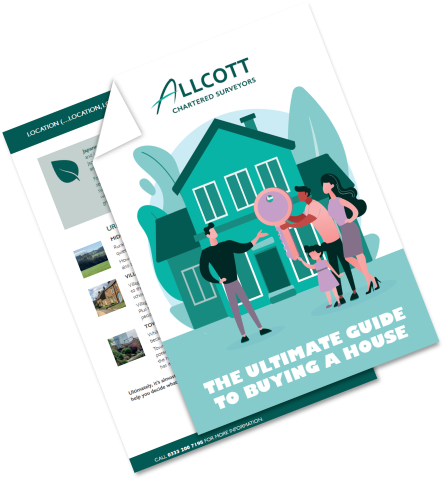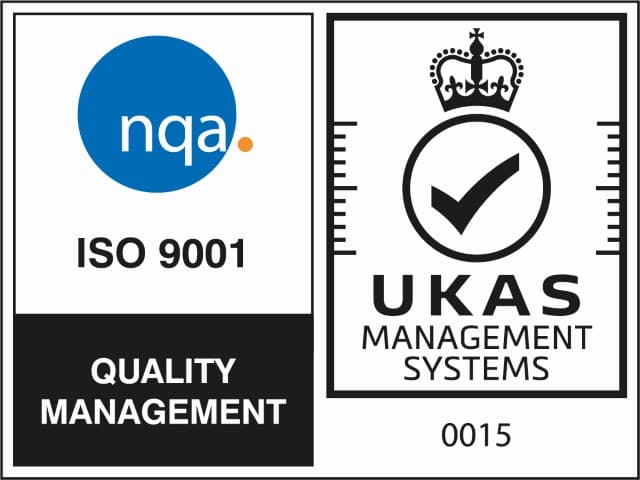Location (…Location, Location)
Regulated by RICS
Instant Quote | NO OBLIGATION
Or Call 0333 200 7198
Yes, location is so important that it really is worth saying it three times.
The area you choose will have a huge influence on the house you buy. It affects the size of house that you can get for your money, how much outdoor space you will have, the types of house style and even your lifestyle after you move in.
Location, Location, Location vs Money, Money, Money
It is a fact of life that competition drives up prices. In other words, living in a popular area will cost you more than choosing a location that is ‘up and coming’. There is almost always some compromise when it comes to finding a property, and when balancing out your wishlist with affordability, it helps to have a clear idea of your priorities.
- Do you want to live in a city or town centre, in the suburbs or somewhere more rural?
- Do you need to be able to commute to your current place of work?
- Do you want to be able to walk to shops and cafes, or are you happy to be further away from amenities?
- If you have a family or might do in the future, do you need to be near a good school?
- Do you have your heart set on a particular style of house? You won’t find chocolate-box thatched cottages in modern settlements like Milton Keynes, for example.

Next, it can be helpful to get on Google Maps and pinpoint some areas you’re interested in. It’s then easy to get an idea of the types of houses and their prices in those areas, thanks to the online search tools provided by the likes of Rightmove and Zoopla.
Be honest with yourself.
Can you afford the type of house, with the space you need, in the area you’re looking at? If so, great! Full steam ahead.
If not, you have two options. You can either look for a smaller, or lower-end property in that area or expand your search a little further afield.
Key Things to Consider: The Area
Does the local area meet your needs? Ask yourself what you need from the place you live in – what has to be close by, and what you don’t mind travelling further afield for. Here are a few questions to get you going:
- If you love long dog walks in the country, are there good stomping grounds nearby? If you enjoy going for a drink in the evening, what’s the local pub like (yes, that pint can definitely be justified as ‘research’!)?
- Are the local schools, GP surgeries etc. satisfactory?
- Are the houses and shops in the area well-maintained? Is anything boarded up, and why?
- Is the area well-served by public transport? Perhaps it’s more important to have a motorway nearby
- Is crime a significant issue?
If the property is on a floodplain, do some digging to find out if there has been any recent flooding. Talk to people in the neighbourhood (another good excuse for a trip to the local pub or café!), search the government’s flood risk database, and check out public records. If flood risk is high, check out your mortgage options by talking directly to lenders, before setting your heart on a particular home.
If radon levels are high, as they are in many areas, you can test the property you buy once you move in for around £50. If levels are high internally, there are plenty of measures you can put in place to reduce radon levels. These do come at a cost, however, and so it might be something to consider when choosing your area.
Past mining activity in the area of a house can increase the risk of subsidence. This is when the ground sinks, resulting in damage to the foundations of the property, cracking in the wall and potentially even collapse. Severe cases can render a home unmortgageable, dramatically reducing value. However, nearly one-third of UK houses sit on top of coalfields, and most aren’t falling down. A thorough survey when you buy a house will look for any signs of structural movement and subsidence, putting your mind at rest. Your legal advisor will also carry out several mining searches, including a check to see if there are any mine entries within 20 metres of a property’s boundary, which would put it at higher risk.
Japanese knotweed is an invasive plant species that grows aggressively and is difficult to eradicate. Homeowners have a legal obligation to prevent Japanese knotweed from spreading, and its presence can devalue a property and make getting a mortgage more difficult.
Fortunately, Environet has a Japanese knotweed heatmap that you can use to see whether this plant species is common in a particular area. Your building surveyor will also be on the lookout for the plant, and your conveyancer will question the vendors on whether they are aware of its presence in the grounds of the property.
Urban or Rural?
MIDDLE OF NOWHERE
Rural properties are often large, with lots of parking, outside space and peace and quiet.
However, they can be isolated and often lack public transport connections. It can also be harder to meet new friends if you’re moving into a new area.
VILLAGE
Villages have a strong community feel while retaining the advantage of being close to the countryside. Choose carefully though – some are lively, with pubs, shops and schools, while others are more likely to suit the older generation looking for a quieter life.
Village houses can, however, be pricey, particularly if they are in a commuter belt. Plus the community atmosphere doesn’t suit everyone…nosy neighbours can put people off!
TOWN / CITY
While town-centre living can be fairly affordable, city-centre living is often costly, because of the better job opportunities and amenities at hand.
Towns can be a great option though, with excellent transport links and potentially decent shops and entertainment centres nearby. Have a wander down the high street – is it buzzing, with independent shops and a lively atmosphere, or has it seen better days?
Ultimately, it’s almost certain that you won’t get everything you want. But this exercise will help you decide what your dealbreakers are, and what you are willing to compromise on.











